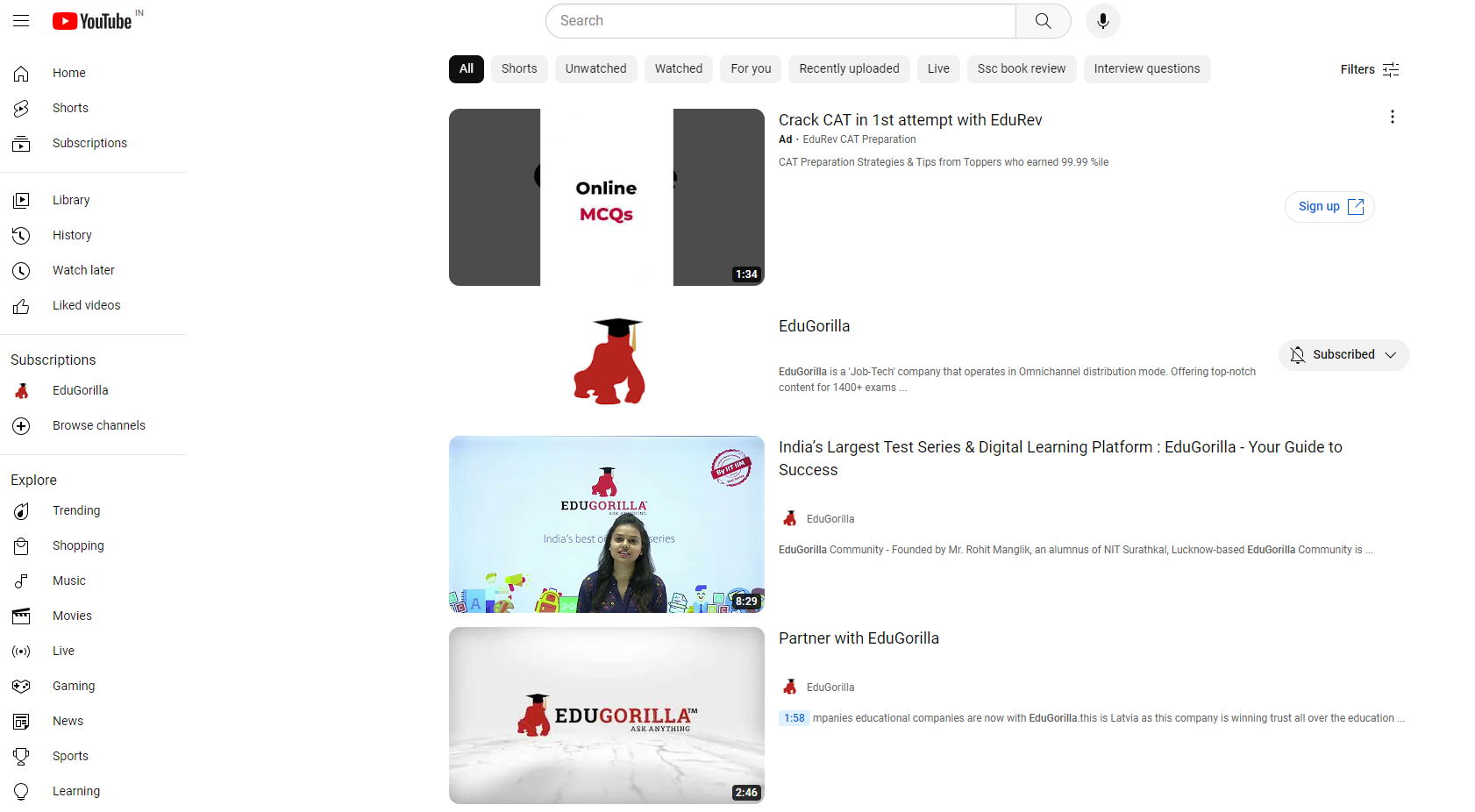You’re not alone if you’ve ever felt that the attention span of students is of a goldfish. Teachers have long tried to persuade certain students to concentrate and focus skills in the classroom, and a growing body of evidence demonstrates that children cannot concentrate in the same way that adults do.

That isn’t always a terrible thing. In one study of children and adults at Ohio State University to better understand attention and memory, researchers discovered that children couldn’t concentrate as well as adults, but they remembered more than adults – even when their thoughts strayed using concentration exercises for students.
Children sometimes struggle to pay attention, but when given a job that they perceive to be difficult or difficult, they are more likely to quit before genuinely doing it.
Importance of Concentration
Concentration activities are defined as concentrated attention, and it has several applications and advantages. It aids in studying, allows for faster understanding, enhances memory, aids in focusing on a subject, work, or goal, and allows you to avoid pointless and unimportant ideas. This may appear to be self-evident. You want to pay attention in class and follow concentration exercises for students so they can take up all of the valuable knowledge you’re dishing out.
However, problems with students who are unable to concentrate in your class might be considerably more serious. One of the most important abilities to have is the ability to focus skills and attention. However, many pupils lack the “ability” to concentrate.
Lack of “focus skills” also makes it difficult for pupils to absorb even the most basic of things, and they eventually delay and postpone everything until the final.
Effective Ways To Improve Concentration
If you find a student during difficult activities to improve attention and concentration, here are some ways that may assist enhance that attention span and improving task outcomes.
1. Dividing Time
If you discover that no matter what you try, the youngsters just can’t seem to remain on target, it might be time to divide the information into smaller time intervals. Remember that youngsters can focus skills on one task for two to five minutes every year of age. For example, if you have a class of 6-year-olds, you may expect 12 to 30 minutes of their undivided attention.
Adjust time frames for all or part of your pupils if necessary. Using timers, ask the student who is having difficulty paying attention to exhibit his or her work after a brief amount of time. This breaks up the effort and helps the youngster to continue working without becoming overwhelmed. Consider summoning the youngster to your desk to collect these cheque. This gives the youngster the physical activities to improve the attention and concentration he or she requires to keep engaged while also allowing you to observe his or her growth.
2. Small Breaks
It is beneficial for pupils who struggle with uneven attentiveness and mental exertion to be given opportunities to walk around. At school, for example, teachers may instruct students to erase the board, collect papers, or deliver a message to the office. At home, parents and/or students might plan frequent breaks and switch work locations. In that instance, the student may spend some time at the kitchen table and some time on the living room floor.

The learner may experience a rush of mental vigor each time the place is changed with classroom tasks for students. Furthermore, pupils may be required to perform anything with their hands while seated. They may draw, roll a piece of clay, or undertake other physical skills that increase their awareness and concentration activities.
3. Physical Activities
Children who struggle with focus skills generally do better when given brief pauses for active play. Breaking up learning into chunks and outside play periods, as well as offering a brief stretching or jumping jacks break in the classroom, can all assist the attention-challenged learner to stay focused. Starting attention activities for students with 15 minutes of vigorous play can also help a youngster stay interested.
4. Memory Games
Memory isn’t a muscle, but it may aid with concentration activities. Memory games help learners pleasantly refine their concentration, so they can concentrate when something difficult is offered. Make memory games a regular part of the school day, or work with attention-challenged pupils outside of class time to play activities to improve attention and concentration. To encourage this sort of activity during free time, provide memory games on classroom gadgets.
Memory games do not have to be difficult to play. A basic game like red-light-green-light, I-Spy or Simon Says forces a youngster to focus skills. To boost attention, memory matching cards or the game Concentration might be utilized.
5. Talking About Interests
When interest is increased, attention is increased. As a result, children should be encouraged to read, write, and discuss topics that interest them. Furthermore, when knowledge is personally meaningful to kids by using new activities for students, their attention is increased. For example, if pupils need to learn a chronological schedule, the instructor may start by having them create a chronological timetable of the significant events in their own life.
6. Dividing Task
Complex chores may rapidly become overwhelming for youngsters, especially those who struggle with attention span. If you’ve tried everything and your child or pupils still can’t focus skills on the activity at hand, you could wish to divide the task down into smaller portions that can be accomplished independently of each other in less time.
It is also vital to understand that the attention span of students grows at various speeds. It may be required to modify an assignment just for pupils with short attention spans. Consider giving pupils with attention deficit disorder regular intervals to finish assignments.
7. Remove Distractions
Educational experts believe that establishing the correct environment promotes learning. Children are quite good at finding delight and entertainment in the little items. Learning friendly surroundings may transform dreary, uninteresting classrooms into student-friendly learning havens which gather the attention span of students. A learning-friendly classroom may dramatically improve students’ learning experiences through seating arrangements, improved lighting, and the creation of discrete learning zones with diverse themes and goals.
ABOUT GIBBON
Gibbon is a Plug and Play solution offered by EduGorilla, for anyone with a skill to teach. Gibbon helps you to take your classes online and earn independently.
- Gibbon gives you the ability to conduct & record LIVE classes, host unlimited video courses, provide online mock tests, and conduct online tests with LIVE proctoring abilities.
- Gibbon also provides you ready-made content of 1600+ Competitive, Entrance, and Academic exams from around the country.
- Gibbon helps you reach out to more students online and get a complete marketing setup.
- We have helped more than 3000 Brands, 10000 Institutes, 20000 Teachers and 2 Crore Students, transform their education and future.
Gibbon stands for “Online-Ready Teachers for a Future-Ready India”.
To get started, book your free demo now.






